Mary Gawthorpe 1881 - 1973
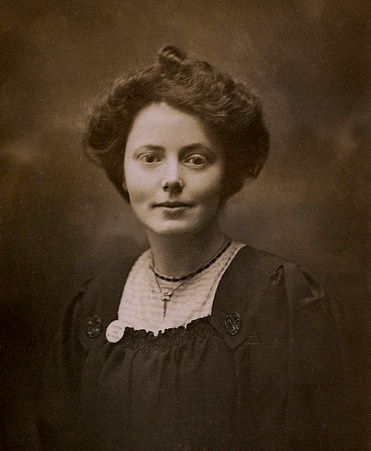
This portrait appeared in the Labour Year Book 1908
As a member of the Women’s Suffrage and Political Union, she was not allowed to campaign for Labour.
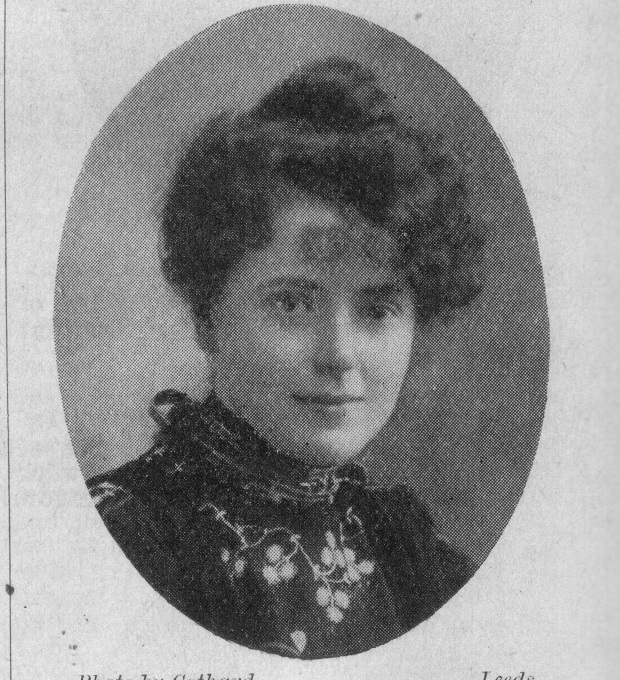
“She was a merry militant saint, who travelled the country suffering fools gladly (which I think she found the hardest job of all)…Occasionally she had a rest in prison, which she always faced with a sparrow-like perkiness. She had wit and common sense and courage, and each to the point of genius.”
Rebecca West
The Next Generation
- or -
A Suffragette in Training
Mary Gawthorpe was born at 5 Melville Street, Meanwood, in 1881, the third of 5 children. Two of her siblings died as children. Her father was a foreman Jackson’s Leatherworks on Meanwood Road and an election agent for the local Conservative Party. Her mother worked in a local textile factory from the age of 10 until her marriage.
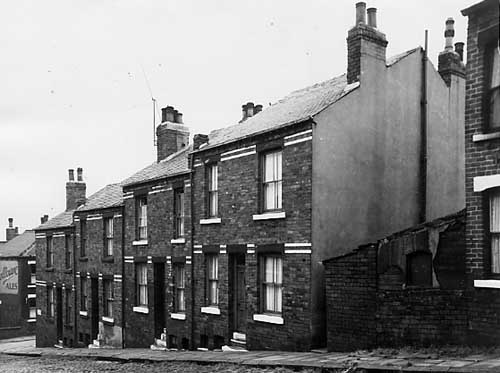
Mary was educated at St Michael’s Church of England School on the corner of Meanwood Road and Buslingthorpe Lane.
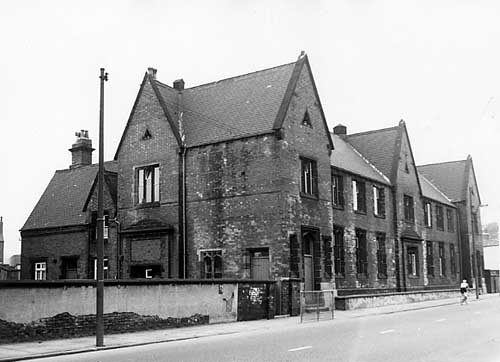
When she was 13, she won a scholarship to Leeds Higher Grade (Secondary) School but was not allowed to accept it because the award did not cover her living expenses.
Instead her father arranged for her to be a pupil-teacher at St Michael’s. This meant she taught the younger pupils during the day and received training from the headteacher in the evenings. On Saturdays she attended the teacher training college established by Leeds School Board. Here she met Ethel Annakin, a pupil-teacher from Harrogate. Together they discovered a mutual interest in Women's Rights, joined the avant-garde Leeds Arts Club and the Fabian Society. Mary qualified just before her 21st birthday.
In 1901 she became friends with Thomas Garrs, a compositor on the Yorkshire Evening Post. He introduced her to socialism and the newly-formed Labour Party.

Mary joined the Independent Labour Party, serving a term as Vice-President of the Leeds Branch, and the Labour Church (later the Socialist Institute) and quickly became an active member of the local branch of the National Union of Teachers. Isabella Ford recruited her to the Leeds Suffrage Society.
Mary quickly developed a reputation as an excellent, quick-thinking public speaker, drawing on her own background to connect with her audience. She also won a Singing scholarship to the Leeds School (later College) of Music.
At 19, Mary had a new job teaching at St. Lukes Church of England School in Beeston
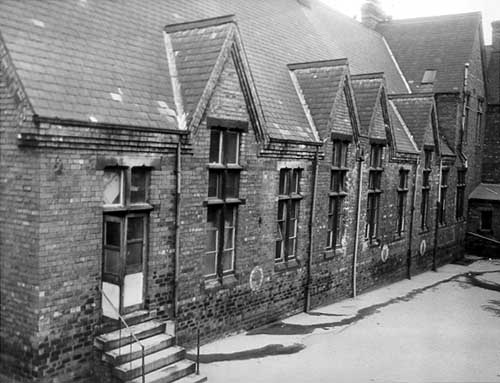
Treaching by day, studying by night, in classes or at home;Saturday mornings as strenuous as ever, I passed the First Year Certificate in the First Class 1901, and in the summer of the year when I was twenty-one, passed the final examination of the second year, what was called a double-first ... nothing seemed impossible. I loved teaching.
Mary Gawthorpe, Up Hill to Holloway, 1962
Mary celebrated her 21st birthday by moving to Hunslet, taking her mother and younger brother with her to escape an increasingly abusive home situation. They rented "a smaller house not far away [from St. Luke's], a corner house at the junction of Fulham Road and Greenmount. There was a return to the outside sanitation, all in the old manner" (Mary Gawthorpe, Up Hill to Holloway, 1962.
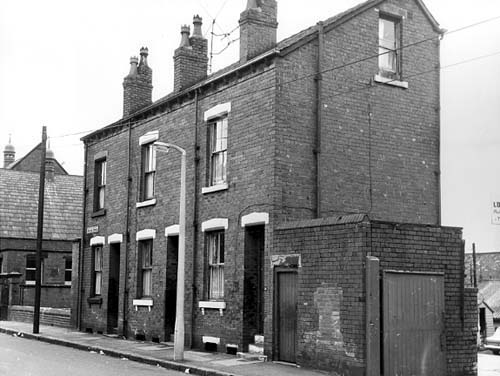
The family joined the Labour Church on Dewsbury Road (later the Socialist Institute) and Mary became active in the local Labour Women's League where she met Maud Dighnam, later the first Labour woman Councillor in Leeds
Mary was elected as a delegate from the Labour Women’s League to a meeting in the Town Hall to discuss charitable relief for malnourished, underprivileged schoolchildren. There were over 2,000 such in Leeds. Mary wrote about it in her autobiography:
Familiar preliminaries from the complacent and well-fed were heard. The poor were thriftless, intemperate. “Why don’t they eat porridge” cried one “instead of expensive fried fish and chips?” I could no longer contain myself. I was on my feet, saying that it sometimes took sanitary conditions as well as sanitary stomachs to tolerate the solid wholesomeness of porridge. I pointed out the savoury appeal of fish and chips, urging that if there were hungry children, we should begin by feeding them.
Mary Gawthorpe, Up Hill to Holloway, 1962
In 1905, increasingly disappointed by Labour’s failure to engage with the women’s movement, and inspired by Christobal Pankhurst, Mary joined the Women's Social and Political Union (WSPU). She left teaching to become a paid organiser for them, initially in Leeds. As the WSPU became increasingly violent she moved constantly around the country, only returning to Leeds to speak at major rallies and demonstrations such as the one on Woodhouse Moor in 1908
She was imprisoned several times for her militant activities and was badly beaten up in 1909 after heckling Winston Churchill at a public meeting. She was seriously assaulted again six months later but when she attempted to bring charges against her attackers the magistrate dicmissed the charges. Her cumulative injuries were now so great that she was forced to resign from the WSPU in 1910.
She worked as a journalist in London for a time but in 1916 she and her brother emigrated to America. There she took up suffrage work again and became an officer of the Amalgamated Clothing Workers Union. She married in 1922, but retained her maiden name./p>
Her autobiography, Up Hill to Holloway, published in 1962, tells her story up to hre first imprisonment in 1906.
She died in America in 1973.